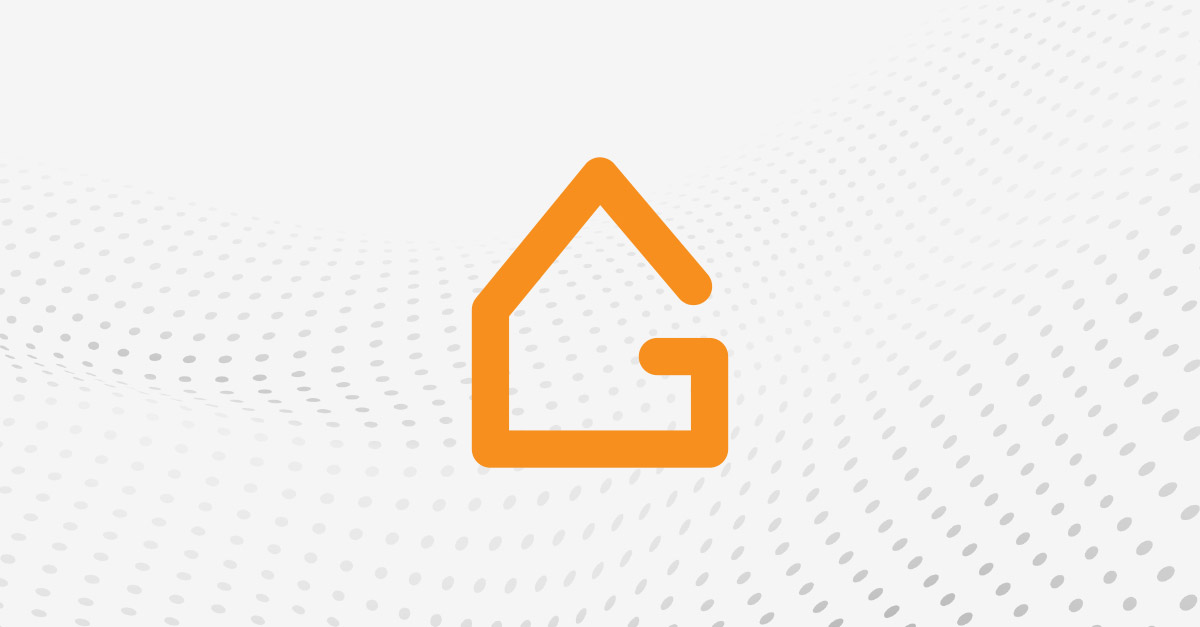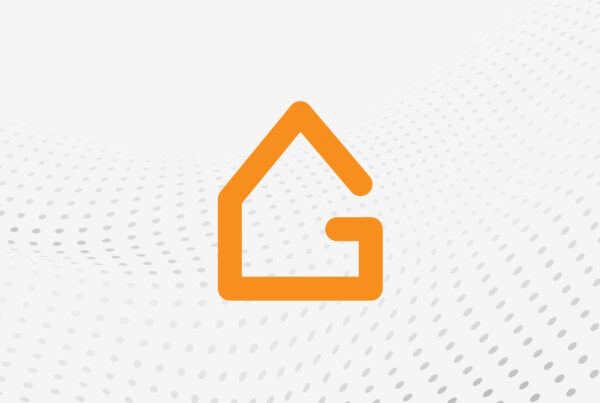
As part of Teranet’s ongoing effort to enhance our service offering to real estate sales professionals and land professionals, we launched heat maps with several data layers to create data insights at a glance.
We recently spoke to our GeoWarehouse Product team at Teranet Inc. to dig a bit deeper into the value of these multi-layered heat maps.
What are heat maps?
The GeoWarehouse Heat Maps tool provides customers with a visual representation of data for a particular block of properties close to one another. When a user searches for a property address or PIN (Property Identification Number), they have the option to turn on the Heat Maps feature and view the map area with shaded colours and numerical data overlayed. GeoWarehouse customers can view one of three Heat Maps: Average Sales, Growth Rate, or Market Turnover. Once the heat map is enabled, they can further customize their search by Property Type (Freehold or Condo) as well as Date Range (3 months, 6 months, 1 year, 5 years).
How do these heat maps work?
The application uses the Land Registry Block mapping system to section off geographical areas into ‘Blocks.’ Each Block is assigned a 5-digit identification number, which allows the application to group areas of the map and amalgamates data. This means that the number of properties within each block will vary, depending on the density of a given area. The data displayed and the shaded overlay is determined using historical Sales Data from Teranet. If a block has had at least four residential sale transactions in the period selected, the application will create a label with the average percentage or price for that section of properties.
Can you explain what each layer does?
When a customer enables Heat Maps, the application will add a layer of shading overlaying the map. The shading allows for a visual comparison of the data in view; blocks with the highest data label will be shaded dark red – and blocks with the lowest data label will be blue. There are three Heat Maps available to GeoWarehouse users: Average Sales, Growth Rate, and Market Turnover.
When a user turns on the Average Sales heatmap, the labels update to show the average sales price of the properties in that block. When a user turns on the Market Turnover heatmap, the labels update to show the percentage of properties that have sold in that block. When a user turns on the Growth Rate heatmap, the labels update to show the percentage based on the rate of increased sales in that block.
What does a heat map show?
Depending on which Heat Map the user selects and the exact parameters of their search, a Heat Map can show many things! This data is open to interpretation – different customers may look at the same Heat Map, with the exact same search criteria and make vastly different conclusions about the ‘pros and cons’ of the information in front. Customer A might be seeking cooler areas of the map, hoping to find an untapped neighbourhood with potential to grow their brokerage. Customer B might be focused on a block of the map where the Sales data is at the maximum end of their client’s budget for a forever home. Customer C might be a developer, focused on a block where the prices are low, but the surrounding areas are high. The data is the same for all three scenarios, but the needs of the viewer and how they interpret the heat maps are unique to their perspective!
To learn more about this newly released feature in GeoWarehouse, please register for an upcoming training session here.





